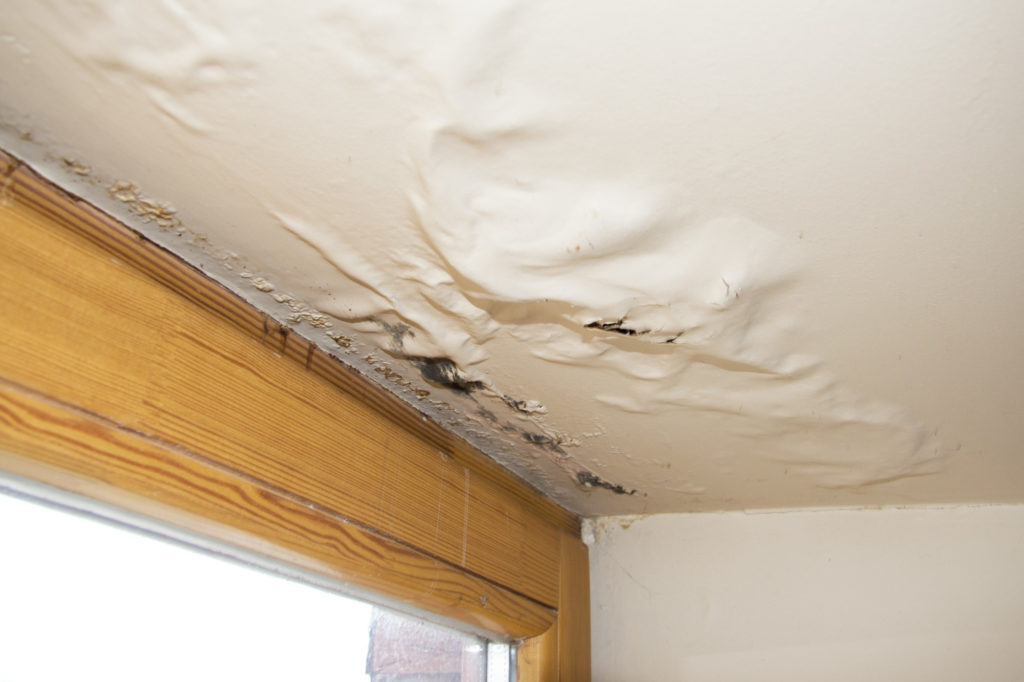Do's & Don'ts of Water Damages.
Do's & Don'ts of Water Damages.
Blog Article
What are your insights and beliefs about Ways to Reduce The Risk Of Fire And Water Damage?

Though water gives life, water intrusion on components where it's not meant to be can lead to damages. If the water soaks right into your framework, it can peel off away surface areas and also deteriorate the structure. Mold and mildew and mold likewise flourish in a moist environment, which can be hazardous for your wellness. Residences with water damage smell moldy and old.
Water can originate from numerous resources such as tropical cyclones, floods, ruptured pipes, leakages, and sewage system problems. In case you experience water damages, it would be excellent to understand some safety precautions. Below are a few standards on exactly how to manage water damage.
Do Prioritize Residence Insurance Coverage Coverage
Water damage from flooding because of hefty winds is seasonal. Nevertheless, you can likewise experience an abrupt flood when a damaged pipe instantly bursts right into your residence. It would certainly be best to have residence insurance that covers both disasters such as natural catastrophes, as well as emergency situations like busted plumbing.
Do Not Forget to Switch Off Energies
This reduces off power to your entire residence, protecting against electric shocks when water comes in as it is a conductor. Do not neglect to transform off the primary water line valve.
Do Remain Proactive as well as Heed Weather Condition Signals
Tornado floodings can be very unforeseeable. If there is a background of flooding in your community, stay aggressive and ready. If you live near a river, creek, or lake , listen to discharge warnings. Take out belongings from the very beginning as well as cellar, then put them on the greatest feasible degree. Doing so lowers potential home damages.
Don't Ignore the Roofing System
Before the weather condition transforms terrible, see to it you have a roof assessment. It would certainly be prudent to receive this service every year as it can minimize complicated concerns. You can avoid rainfall damages if there are no holes and also leakages in your roof covering. Your contractor will additionally look after damaged gutters or any other indicators of weakening. This will avoid water from streaming down your wall surfaces and also saturating your ceiling.
Do Take Notice Of Little Leaks
A burst pipe doesn't happen overnight. You may notice gurgling paint, peeling off wallpaper, water touches, water spots, or dripping sounds behind the wall surfaces. Have your plumbing fixed before it results in large damages.
Don't Panic in Case of a Burst Pipe
Maintaining your presence of mind is essential in a time of situation. Since it will stifle you from acting quickly, panicking will only compound the problem. When it concerns water damages, timing is crucial. The longer you wait, the even more damage you can expect. Hence, if a pipe bursts in your residence, instantly shut off your major water valve to remove the source. Unplug all electric outlets in the area or turn off the circuit breaker for that part of the home. Finally, call a trustworthy water damage repair expert for support.
Water offers life, water invasion on components where it's not intended to be can result in damage. Houses with water damages smell old as well as mildewy.
Water damage from flooding charges to heavy winds is seasonal. You may see gurgling paint, peeling wallpaper, water streaks, water spots, or trickling sounds behind the walls. When it comes to water damage, timing is essential.
Some Do's & Don't When Dealing with a Water Damage
DO:
Make sure the water source has been eliminated. Contact a plumber if needed. Turn off circuit breakers supplying electricity to wet areas and unplug any electronics that are on wet carpet or surfaces Remove small furniture items Remove as much excess water as possible by mopping or blotting; Use WHITE towels to blot wet carpeting Wipe water from wooden furniture after removing anything on it Remove and prop up wet upholstery cushions for even drying (check for any bleeding) Pin up curtains or furniture skirts if needed Place aluminum foil, saucers or wood blocks between furniture legs and wet carpet Turn on air conditioning for maximum drying in winter and open windows in the summer Open any drawers and cabinets affected for complete drying but do not force them open Remove any valuable art objects or paintings to a safe, dry place Open any suitcases or luggage that may have been affected to dry, preferably in sunlight Hang any fur or leather goods to dry at room temperature Punch small holes in sagging ceilings to relieve trapped water (don't forget to place pans beneath!); however, if the ceiling is sagging extremely low, stay out of the room and we'll take care of it DO NOT:
Leave wet fabrics in place; dry them as soon as possible Leave books, magazines or any other colored items on wet carpets or floor Use your household vacuum to remove water Use TV's or other electronics/appliances while standing on wet carpets or floors; especially not on wet concrete floors Turn on ceiling fixtures if the ceiling is wet Turn your heat up, unless instructed otherwise

Hopefully you liked our post on Reducing Your Risk Of Water And Fire Damage At Home. Thank you so much for finding the time to read through our blog post. Liked our piece? Please share it. Help someone else locate it. I am grateful for your time. Come back soon.
Report this page